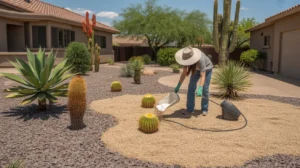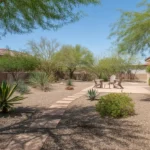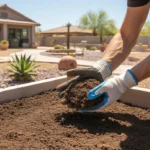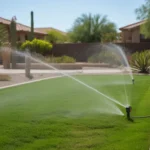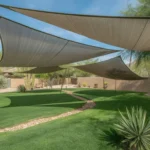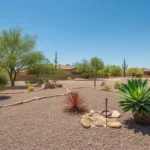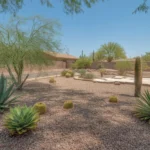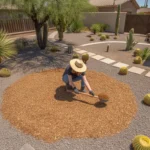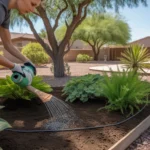As the scorching Arizona summer approaches, Gilbert homeowners face the challenge of keeping their yards healthy and vibrant under extreme heat. One of the most effective ways to protect your plants and soil is by choosing the right mulch. The best mulch for Gilbert’s intense summers not only insulates roots from high temperatures but also conserves moisture, suppresses weeds, and enhances the overall appearance of your landscape. In this guide, we’ll explore the top mulch options and share expert tips for application and maintenance.
Why Mulch Matters in Gilbert’s Summer Climate
Before diving into specific mulch types, it’s essential to understand why mulching is crucial for Gilbert yards during the summer months. With temperatures regularly soaring above 100°F, the intense heat can quickly dry out soil, stress plants, and accelerate evaporation. Mulch acts as a protective layer, shielding the soil from direct sunlight and reducing water loss through evaporation.
In addition to its moisture-retaining properties, mulch helps regulate soil temperature by insulating roots from extreme heat fluctuations. This buffering effect prevents soil from overheating during the day and losing warmth rapidly at night, creating a more stable environment for plant roots. Furthermore, a well-mulched yard requires less frequent watering, saving you time and conserving this precious resource in our desert climate.
Mulch also plays a role in weed suppression, as it blocks sunlight from reaching weed seeds and makes it harder for them to take root. By minimizing weed growth, you can reduce competition for water and nutrients, giving your desired plants a better chance to thrive. Lastly, a fresh layer of mulch enhances the aesthetic appeal of your landscape, creating a tidy and well-maintained appearance.
Inorganic Mulch Options for Gilbert Summers
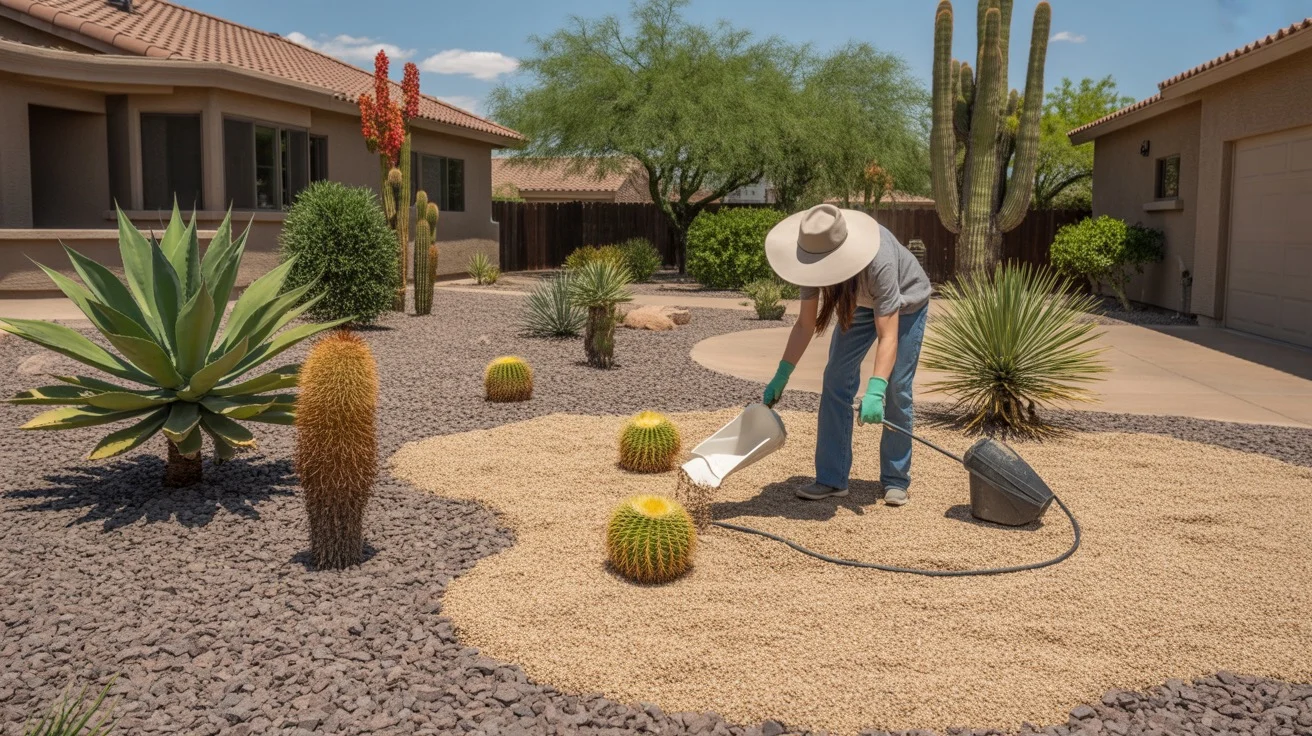
When it comes to choosing the best mulch for Gilbert’s extreme summers, inorganic options offer several advantages. These materials do not decompose, providing long-lasting coverage and requiring less frequent replenishment. Two popular inorganic mulches for our climate are rock and gravel.
Rock mulch, such as crushed granite or river rock, is an excellent choice for low-water landscapes and xeriscaping. It comes in various colors and sizes, allowing you to create a custom look that complements your home’s style. Rock mulch is highly effective at retaining moisture and preventing evaporation, as it doesn’t absorb water like organic materials. It also won’t blow away in strong winds or wash out during monsoon rains.
Gravel is another inorganic mulch option that performs well in Gilbert’s summer heat. It offers similar benefits to rock mulch, including excellent drainage and moisture retention. Gravel is often used in succulent gardens, rock gardens, and pathways, as it creates a clean and modern aesthetic. When selecting gravel, opt for angular or crushed varieties, as they lock together better than smooth, rounded pebbles.
Organic Mulch Choices for Gilbert’s Heat
While inorganic mulches have their merits, organic options also have a place in Gilbert’s summer landscaping. Organic mulches, such as bark chips, wood chips, and shredded leaves, break down over time, enriching the soil with nutrients and improving its structure. However, they do require more frequent replenishment than inorganic materials.
When choosing organic mulch for Gilbert’s extreme heat, look for coarser, larger particles that will decompose slowly. Avoid fine-textured mulches like sawdust or grass clippings, as they tend to compact and restrict air and water movement. Bark chips and wood chips are popular choices, as they have a natural appearance and come in various colors and sizes.
One advantage of organic mulches is their ability to moderate soil temperature more effectively than inorganic materials. As organic mulch decomposes, it releases heat more slowly, preventing rapid temperature fluctuations that can stress plant roots. Additionally, the decomposition process adds valuable organic matter to the soil, improving its water-holding capacity and fertility over time.
Proper Mulch Application Techniques
Regardless of the type of mulch you choose, proper application is key to maximizing its benefits. Before applying mulch, thoroughly weed the area and remove any debris. If you’re using an organic mulch, consider laying down a weed barrier fabric to further suppress weed growth.
When applying mulch, aim for a depth of 2-4 inches, depending on the material. Spread the mulch evenly, taking care not to pile it against plant stems or tree trunks, as this can lead to rot and disease. Leave a small gap around the base of plants to allow for air circulation and prevent moisture buildup.
In areas with heavy summer monsoon rains, consider creating a slight slope or berm with your mulch to direct water away from plant crowns and foundations. This helps prevent waterlogging and reduces the risk of fungal diseases. Additionally, be sure to replenish your mulch as needed throughout the season, especially after strong winds or heavy rain events.
Mulch Maintenance Tips for Gilbert Summers
To keep your mulch looking and performing its best during Gilbert’s harsh summers, regular maintenance is essential. Monitor your mulch depth and replenish as needed to maintain adequate coverage. As organic mulches decompose, they will need to be topped off more frequently than inorganic materials.
If you notice any signs of fungal growth or pests in your mulch, address the issue promptly. Rake the affected area to improve air circulation and consider removing and replacing the mulch if the problem persists. In the case of organic mulches, avoid overwatering, as excessive moisture can accelerate decomposition and create an environment conducive to fungal growth.
For inorganic mulches like rock and gravel, periodic cleaning may be necessary to remove dirt, debris, and algae buildup. Use a leaf blower or gentle spray from a hose to dislodge any accumulated material. If algae growth becomes a persistent issue, consider applying a non-toxic algaecide or increasing the mulch depth to improve drainage.
By selecting the best mulch for Gilbert’s extreme summer climate and following proper application and maintenance techniques, you can create a resilient and water-wise landscape that thrives in the face of triple-digit temperatures. Whether you opt for inorganic materials like rock and gravel or choose organic options like bark chips, mulching is a simple yet effective way to protect your yard and conserve resources during our most challenging season.

